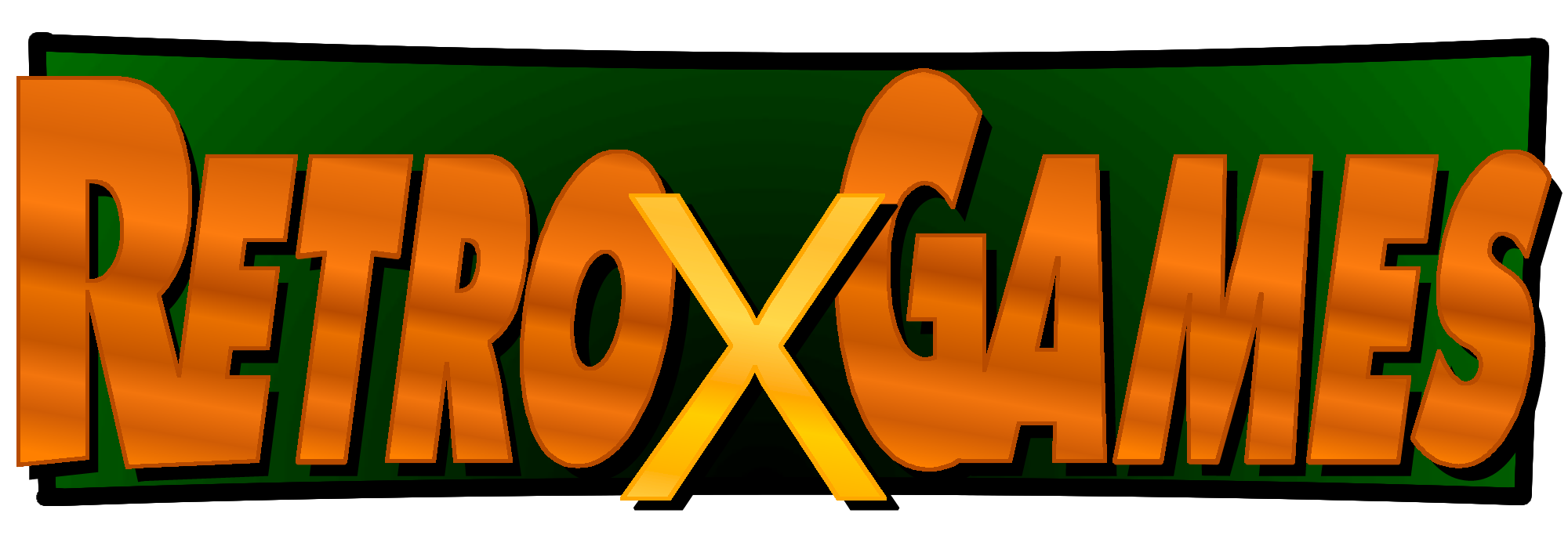By Robert Frasure (Updated 8/5/25)
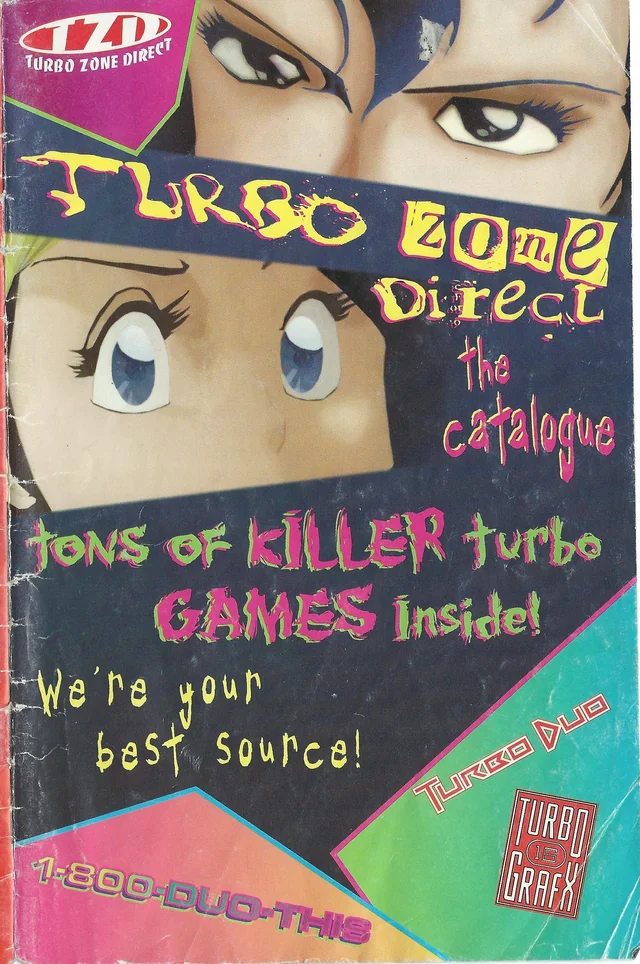
Back in the mid-1990s, video games were changing fast. The PlayStation and Nintendo 64 brought 3D graphics and CD-ROMs, and everyone seemed focused on the next big thing. But for me, the real draw was the games I grew up with: Atari 2600 titles, Sega Master System cartridges, and those arcade machines I’d feed quarters to as a kid. That pull of nostalgia led me to start RetroGames in July 1996, working with my colleagues at Turbo Zone Direct, a mail-order gaming business with ties to NEC, Hudson Soft, and TTI. Our goal was to build something for people like us who loved older games, and in the process, we helped popularize the term “retrogaming.”
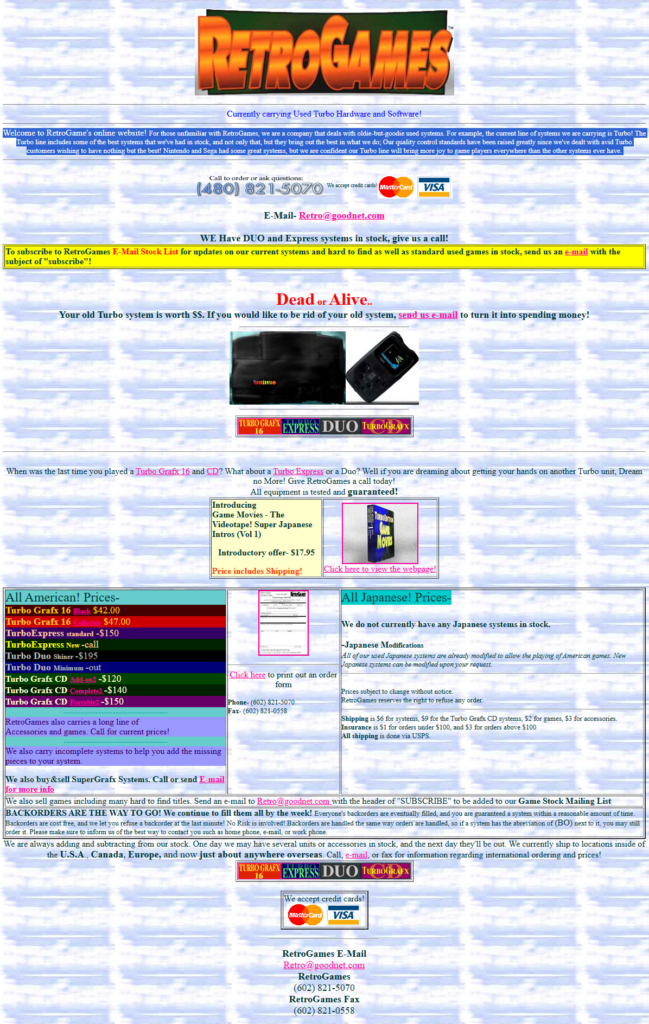
The RetroGames Vision
We launched RetroGames as an online store on GeoCities.com, partly to keep things quiet since NEC wasn’t thrilled about us selling or repairing their older systems like the TurboGrafx-16. Choosing a name took some thought. I liked “Flashback Games,” but it was already taken. Then “RetroGames” came to mind. The word “retro” felt sharp and nostalgic, and paired with “games,” it just worked. By September 1996, we were up and running, selling classic consoles, cartridges, and accessories to gamers who wanted a piece of the past.
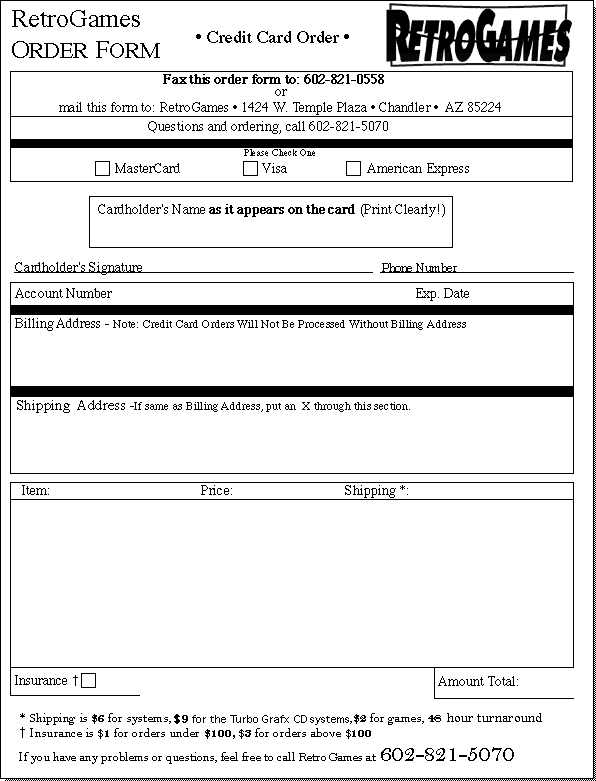
Many years later we found the term “retrogaming” had surfaced earlier in a February 1995 NextGen magazine article, it was through RetroGames that it gained significant traction. By September 1996, our online store was live, serving enthusiasts who shared our passion for systems like the TurboGrafx-16, Atari 2600, and Nintendo Entertainment System. The term “retrogaming” began to resonate with our customers, who used it in emails and phone calls to describe their love for classic games. Phrases like, “I’m into retrogaming, got any Sega or TurboGrafx-16 stuff?” became common, reflecting the term’s organic adoption. Our interactions with thousands of gamers each week, both in the U.S. and abroad, amplified its spread, particularly in online communities like Usenet’s rec.games.video.classic, where discussions of “classic” games were already thriving.
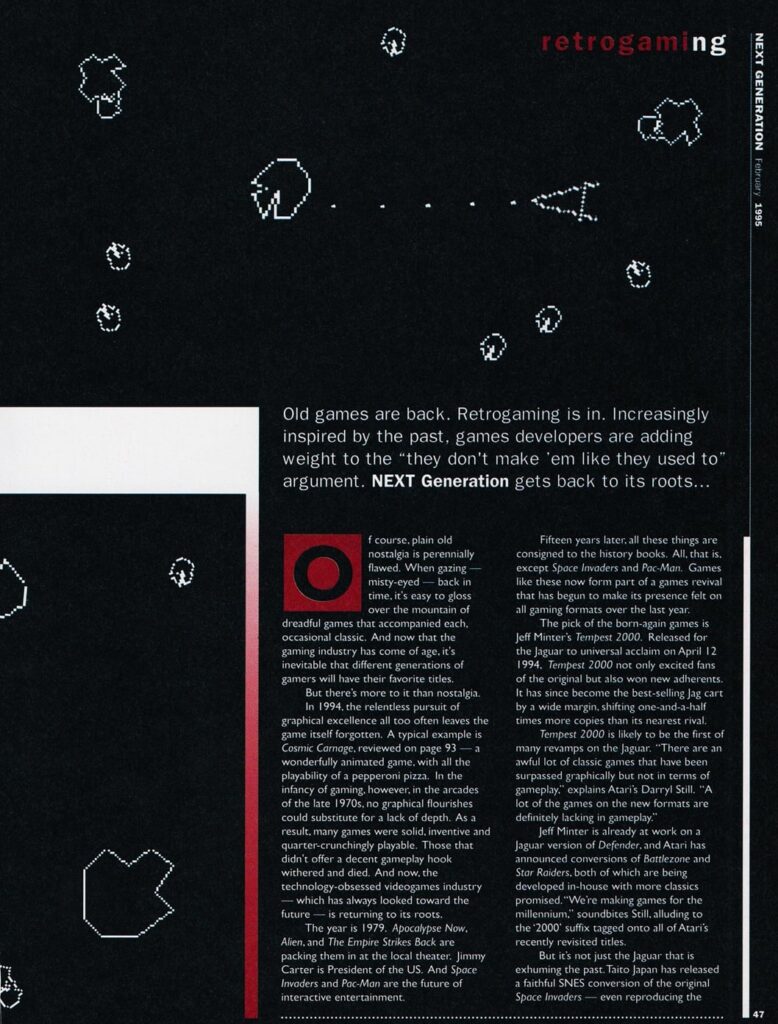

From Niche to Buzzword
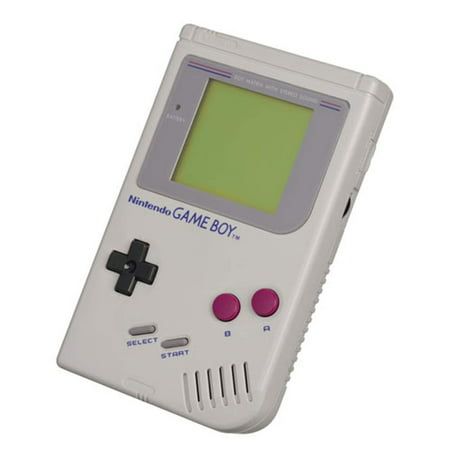
By early 1997, RetroGames was growing quickly. We shipped worldwide, selling titles like Bonk, Super Mario Bros., and Sonic the Hedgehog, and our small team, including some former NEC and TurboGrafx folks, was busy repairing systems to keep them alive. The word “retrogaming” started popping up more and more in emails, calls, and online discussions. The described a whole way of thinking about gaming’s roots. Our store gave people a place to rally around that idea.
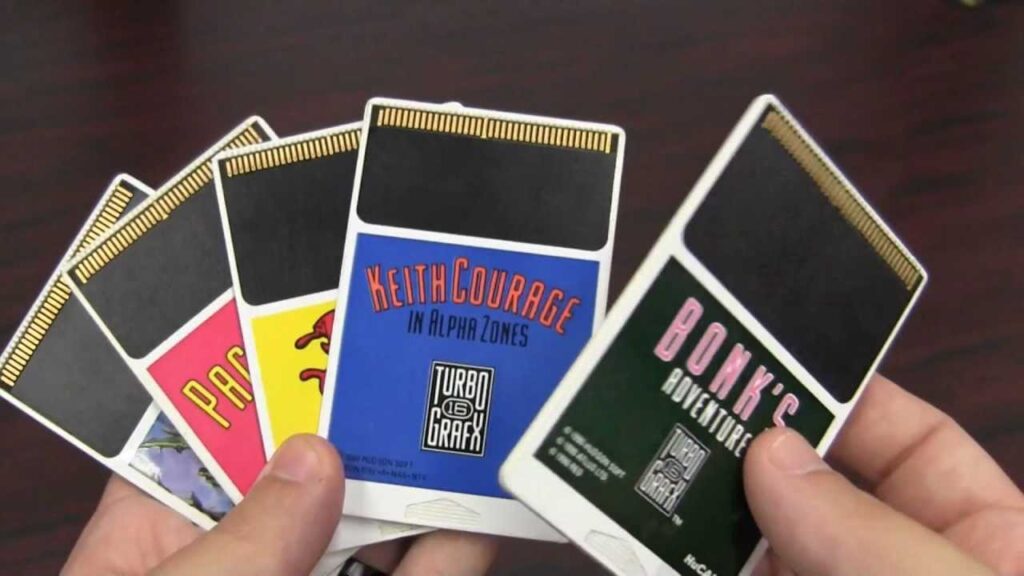
By the early 2000s, “retrogaming” was everywhere. You’d see it on forums, fan sites, and even in print zines. Other groups, like Digital Press and eventually GameStop’s retro sections, picked up on the trend. It was strange to see the term on sites we had no connection to, knowing we’d helped start something bigger than us. RetroGames, built with Turbo Zone Direct, had tapped into a love for gaming’s early days that was clearly here to stay.
The Explosion: A Term Takes Over
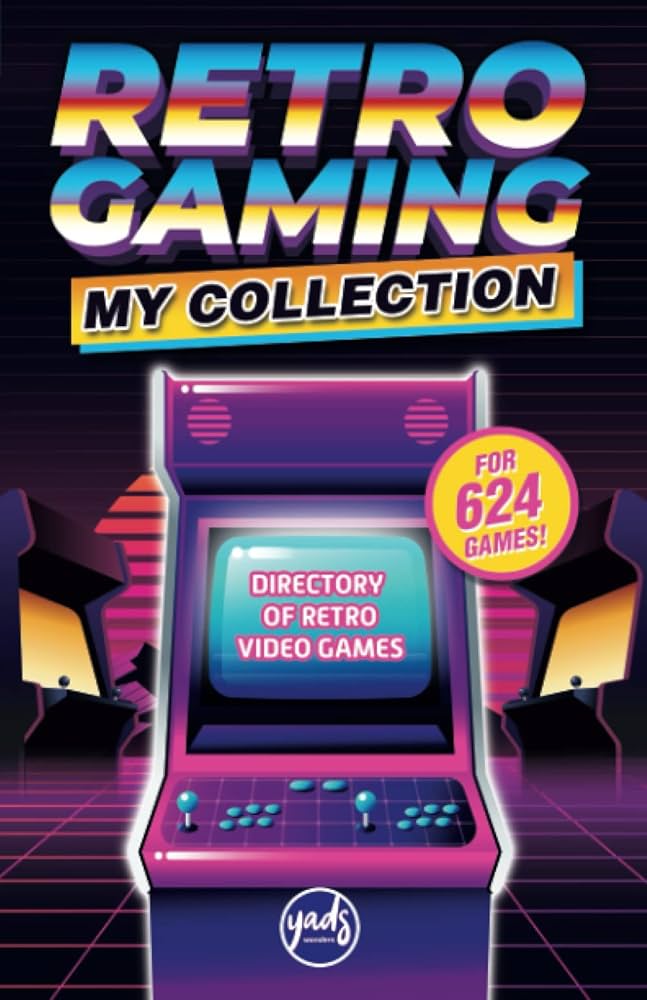
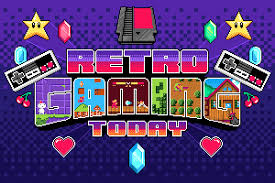
Now, retrogaming is huge. There’s Retro Gamer magazine, which started in 2004, YouTube channels digging into old console quirks, and crazy auctions where rare games like The Legend of Zelda sell for millions. Nintendo’s NES Classic and SNES Classic feed that nostalgia, and indie developers keep making games that look and feel like they’re from the 1980s or 1990s. Search “retrogaming” online, and you’ll find podcasts, collectors on social media, and whole communities dedicated to it. It’s wild to think RetroGames played a part in making that happen.
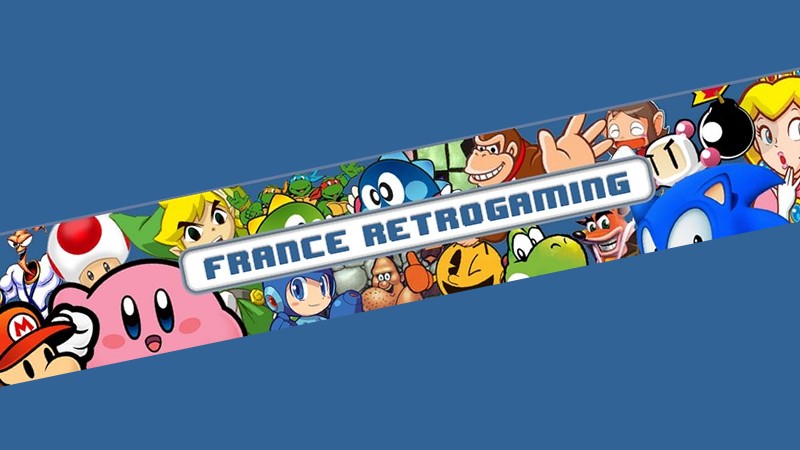
RetroGames X
The project lives on at RetroGamesX.com and Retrogam.es – the “X” stands for exchange and experience. It’s still about connecting gamers with the systems and titles that shaped the industry.
What we started with Turbo Zone Direct back in 1996 has grown into something much bigger, kept alive by gamers who care about this history. When you’re playing an old game or cleaning a cartridge, you’re part of that story. It’s in the culture, the archives, and the excitement that keeps this scene going strong. There’s still plenty more to come.
